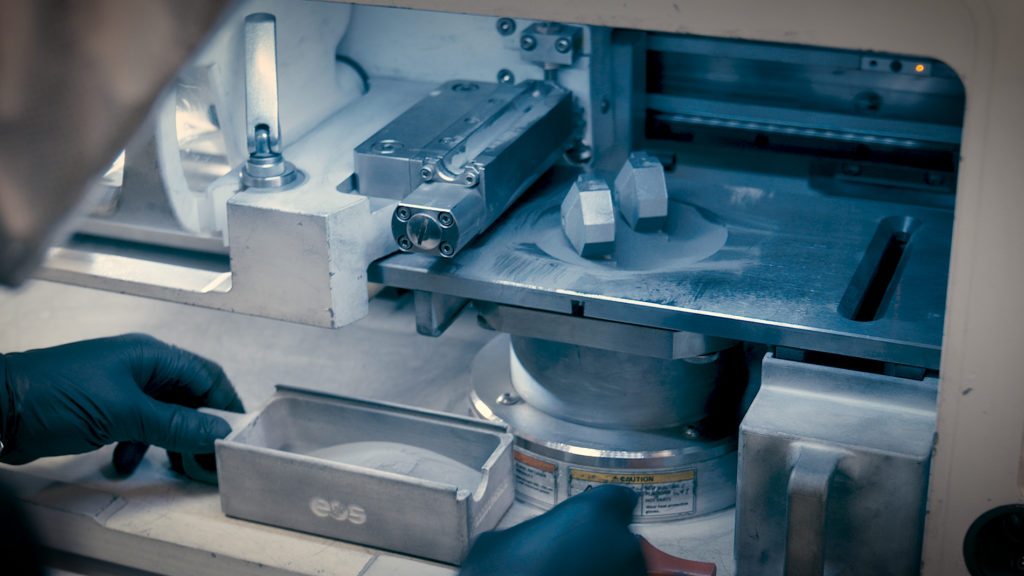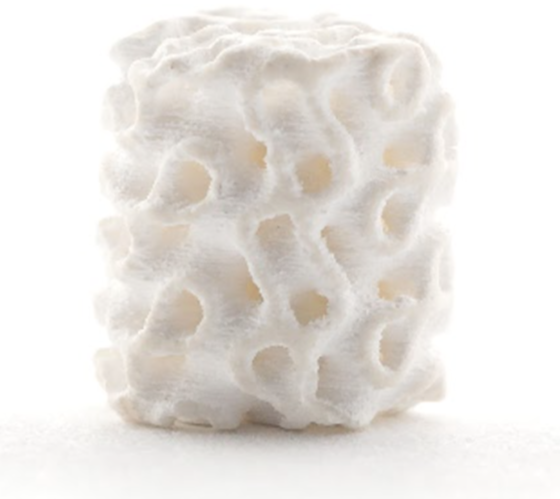3D printing materials are a key component in 3D printing. Over the past few years, we’ve seen a lot of large metal and polymer companies pile into the market. These huge firms have put materials in the driving seat. As they’ve chased volume, they’ve helped to create new applications for 3D printing. They’ve also been able to bring together industrial partners and OEMs to perfect materials. In metals and, especially, polymers, these businesses have had an outsized impact, but what of the future? Will materials become commoditized? Or will edge and innovation cement the leadership positions of some players?
I believe that the materials space can become extremely competitive, especially if small-to-midsized players take on a role of compounders and integrators and develop specialized materials for manufacturing applications. There’s someone printing thousands of window frames; they should and could get their own special material.
I believe that many more fit-for-purpose materials should be developed. An extrusion feedstock for end effectors, for drone wings, and specific to jigs and fixtures. These are things that, if they performed better, people would pay extra for. Meanwhile, a lot of materials will be commoditized.
To me, a key move is also to tie materials to processes, simulation, and parameters. On the desktop, I hope that we kill polylactic acid (PLA) because it is just awful to work with, uses up too much water, and isn’t actually sustainable. On the industrial side, I hope that we have more feedstocks for people to work with that match those that are used in traditional manufacturing technologies.

The company’s in house M290 building parts made from scrap.
Shane Collins is the Head of AM Advisory Services at ASTM, an ASTM Fellow, and has been working at a very high level in AM since at least 1999.
“In the next few years, we will see polymer AM materials exceed the mechanical properties of injection molded plastics, which will drive more applications and significant number increases in AM parts particularly in the [electric vertical take-off and landing aircraft] market On the metal side, I see a shift in processing traditional alloys and a turn to materials that either are only processable with AM or not feasible with traditional manufacturing methods. Refractory alloys with a high content of niobium and zirconium will start to replace nickel alloys in super-high-temperature applications, such as hypersonics and propulsion.”
I’m not so sure about being able to exceed injection molded plastics, in the long term maybe, but so soon? That would be great, though. Electric vertical take off aircraft would seem to be a far-off proposition for AM, but it could be a huge application and Shane is an early booster. A renewed focus on AM-specific materials would make sense and hypersonics are also sure to shake up the existing high-temperature metals space. Frankly, building hypersonics with current generation materials is like trying to make a passenger plane out of Play-Doh.
Fabio Sant’Ana is a long-time AM expert with FARCCO TECNOLOGIA who also knows everything that is everything about 3D printing in Brazil. Need to do something with 3D printing in Brazil? Call Fabio.
“In metals the ‘electrification’ of everything will give a big impulse in AM copper, and consequently in PBF-EB copper because, today, this is the most efficient AM process for this material. Furthermore, the use of tool steels and carbides will advance a lot in AM. The second trend I see is the multiplication of ceramic AM applications, AM ceramics are coming out of the academic world into the real world.”
“Already before the pandemic, we started to observe a shift toward technical ceramics and we started to see more and more applications that were impossible in traditional technologies being opened by the introduction and improvement of ceramic AM. In 2022, as the economy begins recovering to pre-pandemic levels and above, this interest and trend will further accelerate,” Danai told us.
“The second trend [I’ve noticed] is that AM has always faced the challenge of reaching material properties for parts that are as good as traditional technologies while delivering on the ‘holy grail’ of AM, which is zero cost of complexity. In 2020-2021, we have seen our customers for both Zirconia and Alumina run some rigorous tests on the properties of our materials. The results they got were excellent and this gives them (and me) the confidence to use ceramic AM intensively in a plethora of industries including medical devices, dental, energy, machinery, automotive and many others. And in a variety of applications that range from decorative elements all the way to parts that are used under stress like car pistons.”
I agree that 2022 will be the defining year for ceramics and I hope that this material will go from being exotic to standard for us all. We will talk about all of this and more at the Additive Manufacturing Strategies 2022 event coming this March 1-3 in New York and online.
Subscribe to Our Email Newsletter
Stay up-to-date on all the latest news from the 3D printing industry and receive information and offers from third party vendors.
You May Also Like
3D Printing Unpeeled: New Arkema Material for HP, Saddle and Macro MEMS
A new Arkema material for MJF is said to reduce costs per part by up to 25% and have an 85% reusability ratio. HP 3D HR PA 12 S has been...
3D Printing News Briefs, January 20, 2024: FDM, LPBF, Underwater 3D Printer, Racing, & More
We’re starting off with a process certification in today’s 3D Printing News Briefs, and then moving on to research about solute trapping, laser powder bed fusion, and then moving on...
3D Printing Webinar and Event Roundup: December 3, 2023
We’ve got plenty of events and webinars coming up for you this week! Quickparts is having a Manufacturing Roadshow, America Makes is holding a Member Town Hall, Stratafest makes two...
Formnext 2023 Day Three: Slam Dunk
I’m high—high on trade show. I’ve met numerous new faces and reconnected with old friends, creating an absolutely wonderful atmosphere. The excitement is palpable over several emerging developments. The high...

































